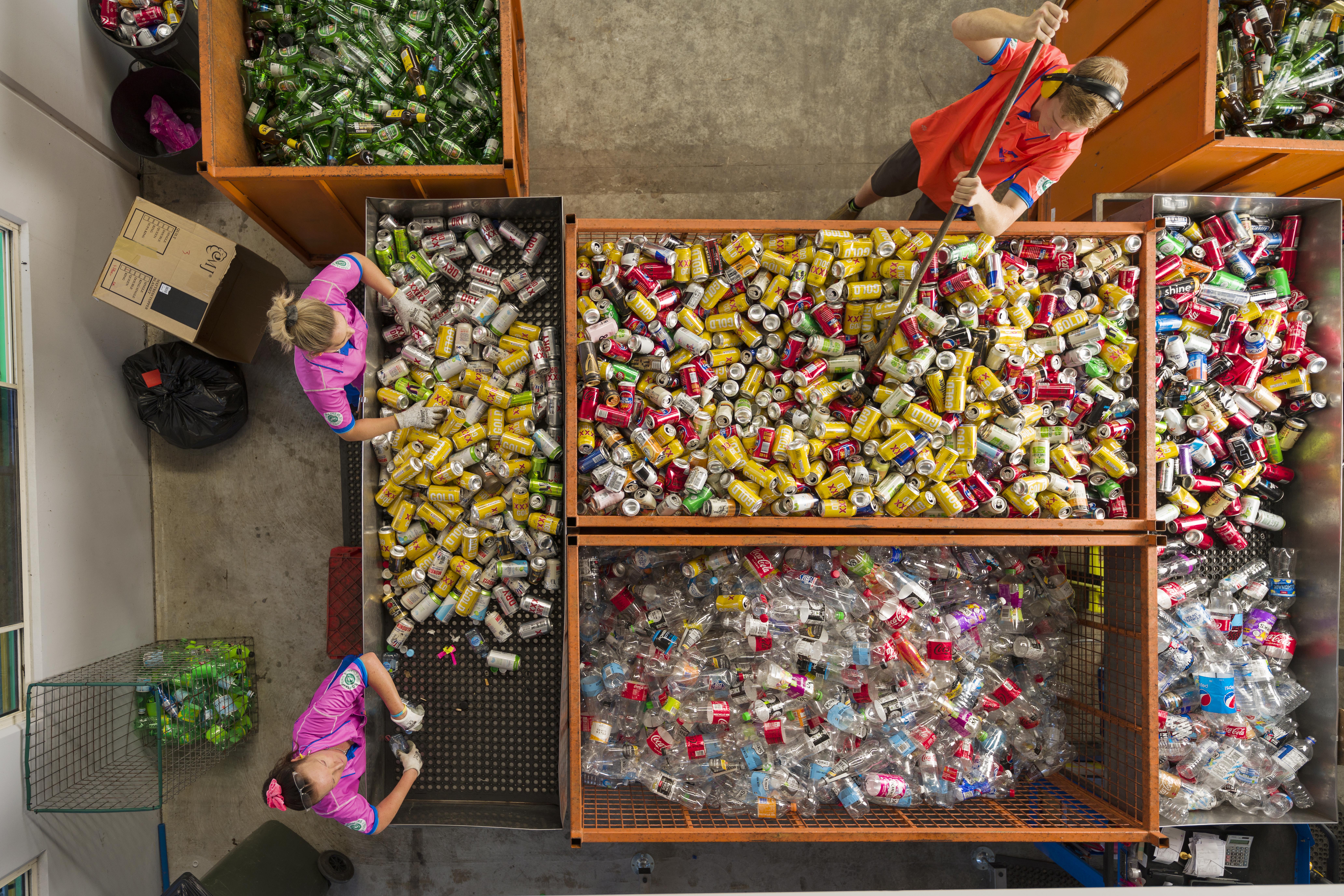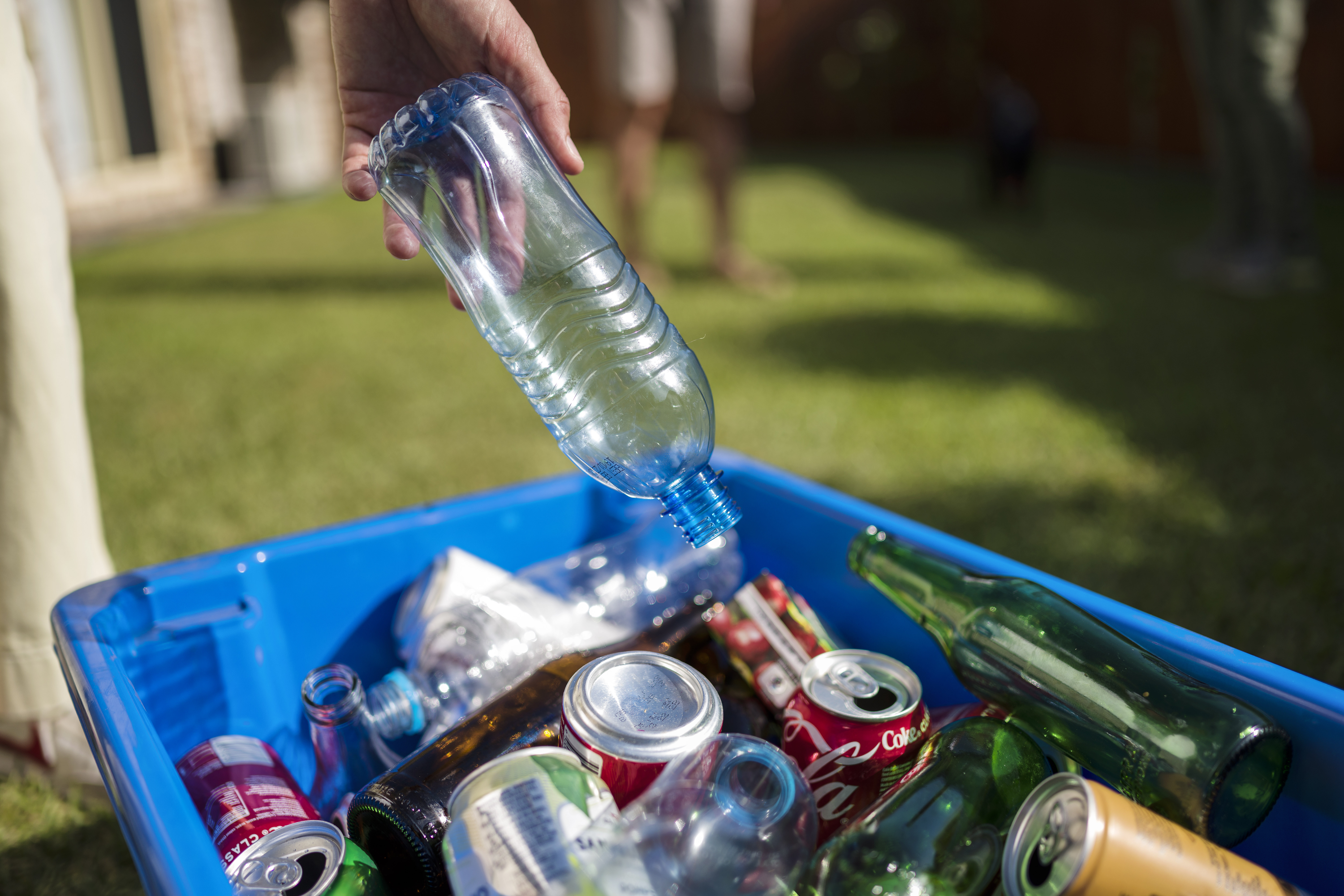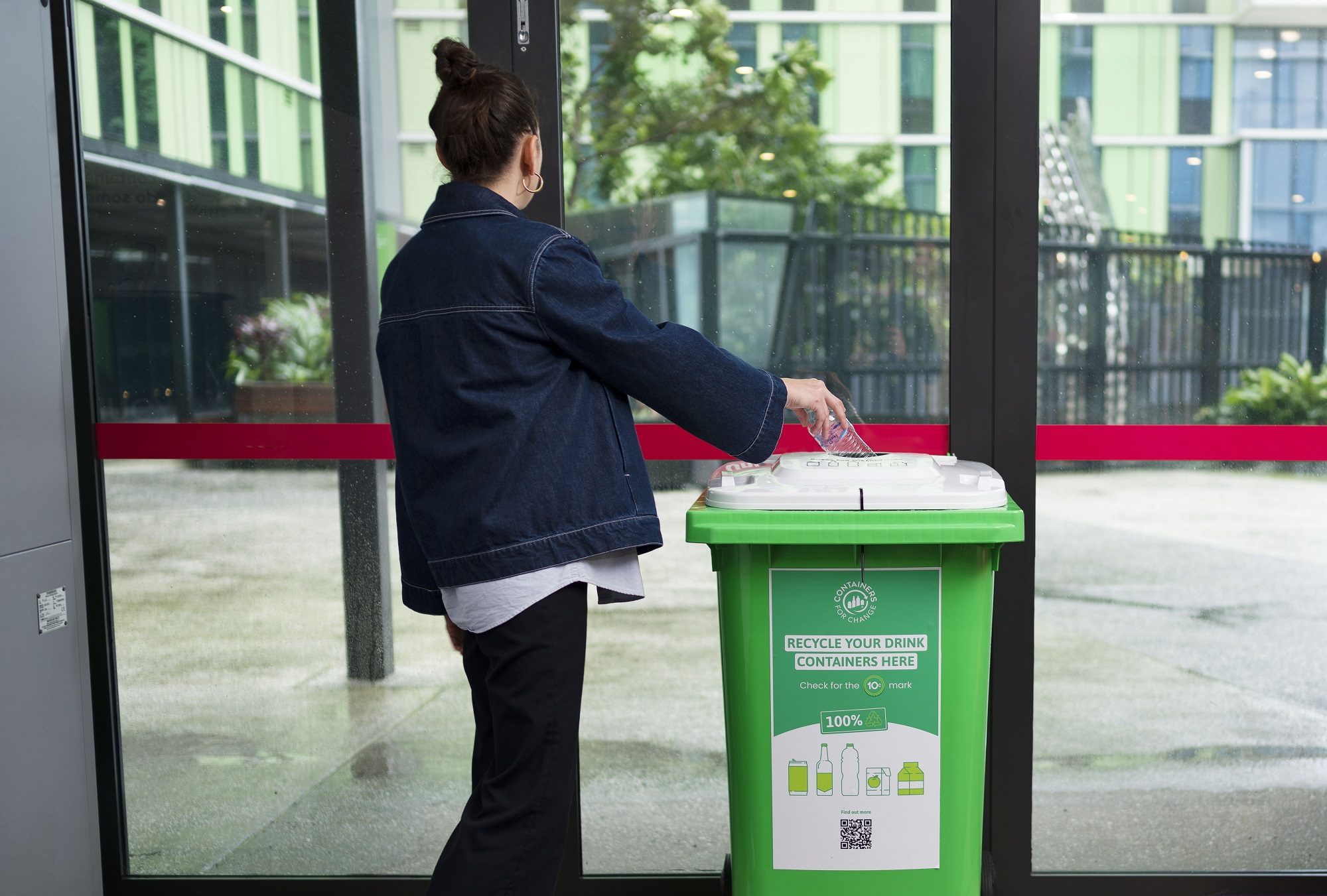A new study from Australia’s national science agency, the CSIRO, has linked Australia’s container refund schemes, including Queensland’s container refund scheme with almost a third reduction of plastic pollution across the country’s coastal areas.
The study surveyed more than 183 coastal sites across Australia and found a direct link between areas with container refund schemes and up to 30 per cent reduction in plastic litter found in coastal areas.
Containers for Change is Queensland’s container refund scheme, providing a 10 cent refund for the return of every eligible drink container at the more than 350 refund points across Queensland.
“Where there are beverage container schemes or outreach programs, lower volumes of coastal plastic pollution were observed in the surrounding areas,” the study wrote.
Coastal areas of Queensland surveyed in the study spanned down the state’s coastline, including Cairns, Burdekin, Gladstone, the Fraser Coast, Moreton Bay, and the Gold Coast.
Since launch in November 2018, the scheme has recycled more than 344 million plastic containers, saving them from both landfill and ending up litter in waterways and on Queensland beaches.
According to the study, plastic makes up the majority of coastal litter and economic strategies such as container refund schemes have the biggest effect on reducing coaster litter, with a drop of 29 per cent less plastic pollution since 2013.
Co-author of the study Dr Denise Hardesty has researched the impact of container refund schemes in reducing both coastal and ocean plastic pollution.
“This paper we’ve just published points to the value of incentives in reducing coastal litter. We also published previous work where we directly looked at CDL (container deposit legislation) both in Australia and in the US.”
“In that work, we found an up to 40% reduction of those items that attract the incentive than the jurisdictions that didn’t have the cash for containers program in place.”
“When we put a price on items, they don’t get lost to the environment at the same rate as when we don’t,” Dr Hardesty said.
The CSIRO says the plastic pollution reduction research supports the science agency’s Ending Plastic Waste Mission, which has a goal of 80 per cent reduction in plastic waste entering the Australian environment by 2030.
Ken Noye, CEO of Container Exchange – the non-for-profit that runs the Queensland container refund scheme – says he welcomed the study results, as a positive environmental impact is one of the key goals of the scheme.
“Since the launch of the scheme Queenslanders have returned more than 6 billion containers – to remove that amount of material from potentially polluting our beautiful Queensland environment has already had an enormous positive impact in less than four years.”
“Containers for Change not only put millions of dollars back in the pockets of Queenslanders but as this CSIRO study reflects, reduces pollution – it goes to show that the hard work of our recyclers truly is making a positive change.”
For more information on containers eligible for refunds and refund point locations visit the Containers for Change website.
Media contact:
m: 0408 915 422
e: media@containerexchange.com.au


